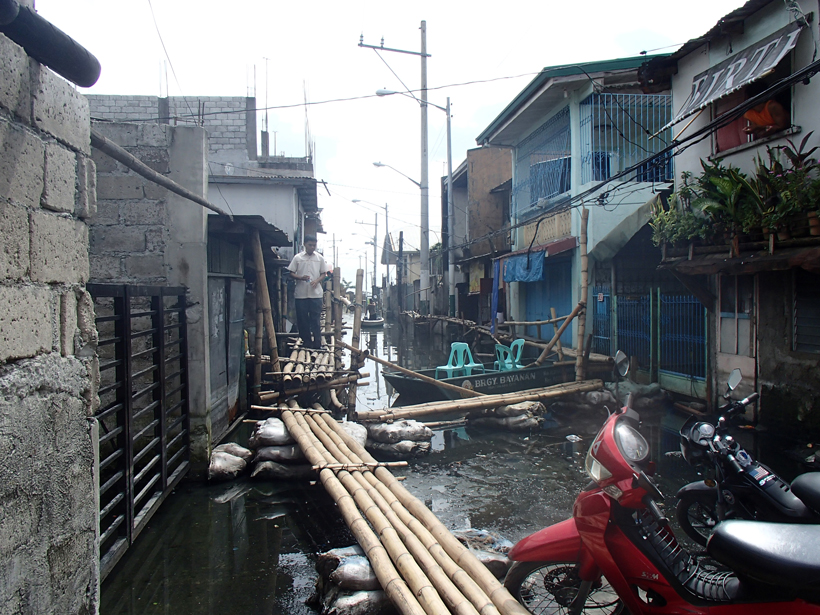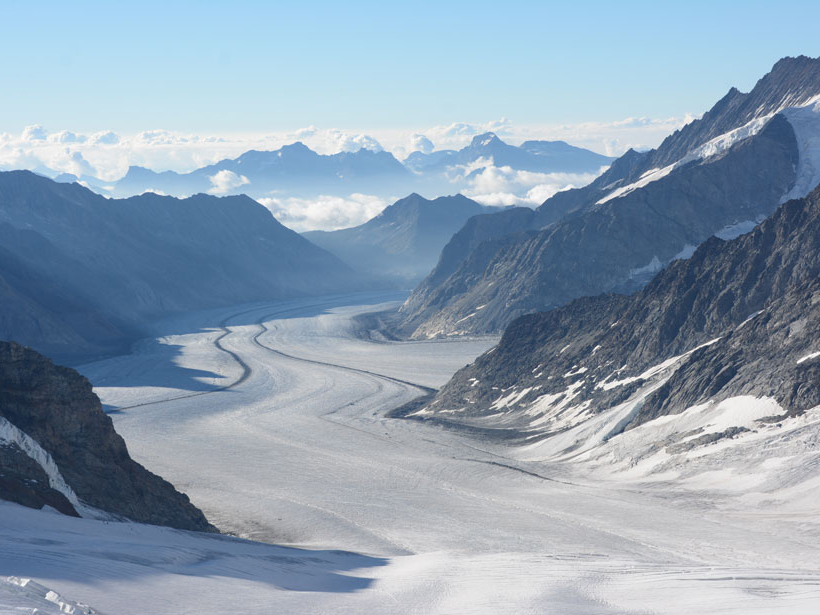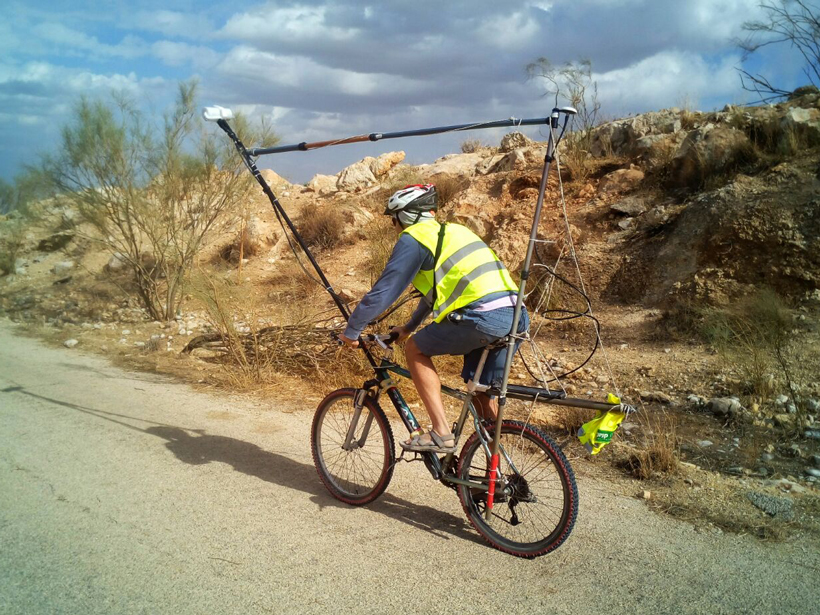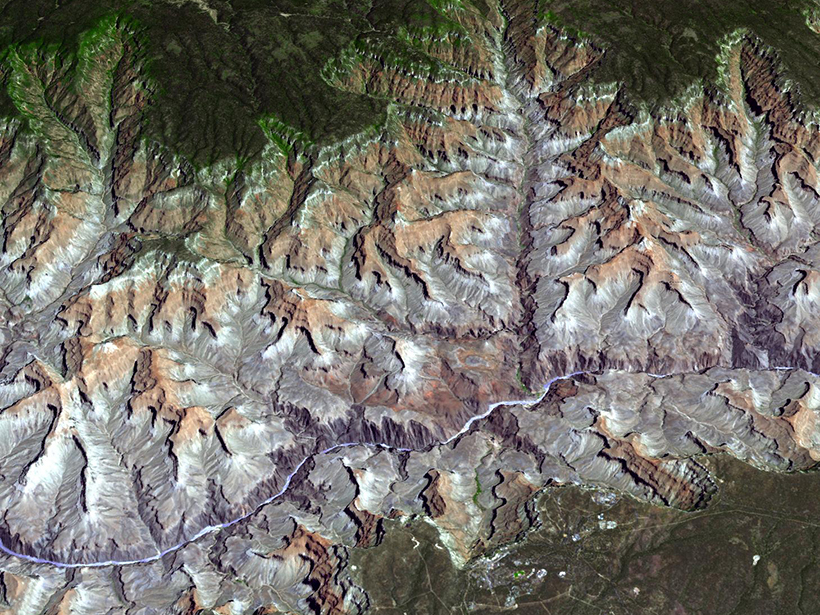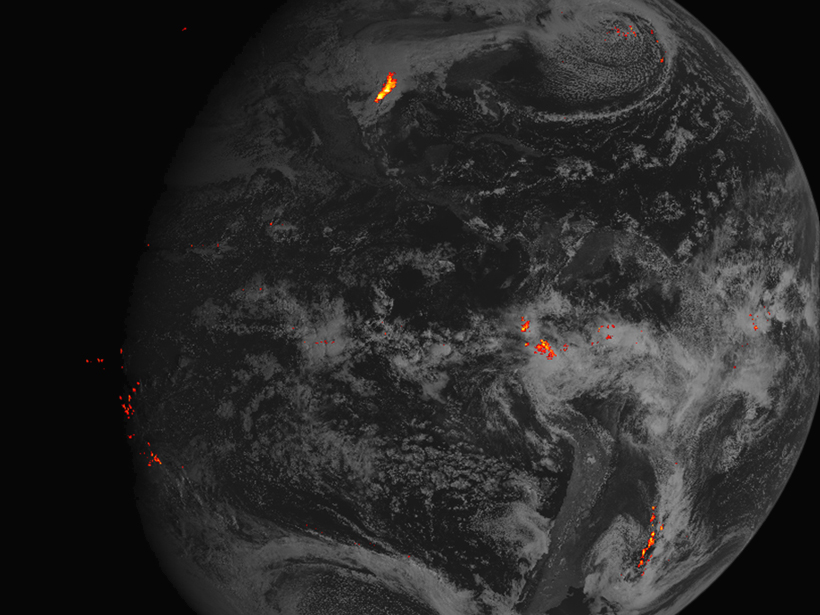Researchers develop a predictive software system to identify city-specific, dengue fever risk areas amid a global increase in cases.
mapping
A 1.4-Billion-Pixel Map of the Gulf of Mexico Seafloor
The U.S. Bureau of Ocean Energy Management releases the highest-resolution bathymetry map of the region to date.
Cosmic Muons Reveal the Land Hidden Under Ice
Scientists accurately map the shape of the bedrock beneath a glacier using a new technique.
A Bike Built for Magnetic Mapping
Mounting a magnetic sensor on a bicycle offers an efficient, low-cost method of collecting ground magnetic field data over rough terrain where conventional vehicles dare not venture.
What to Expect from Cassini's Final Views of Titan
Cassini will fly close to Saturn's largest moon one last time. Here's a look back at what the spacecraft has revealed and ahead to scientists' final close glimpses of the moon.
Stream Network Geometry Correlates with Climate
A "big data" analysis of nearly 1 million river junctions in the contiguous United States shows that branching angles in dendritic drainages vary systematically between humid and arid regions.
Sun Glitter Provides a Detailed Map of Ocean Waves
European scientists use satellite sensors to detect light reflected off waves at the ocean's surface, which could help improve wave forecasts.
Mapping the Topographic Fingerprints of Humanity Across Earth
If increasingly globalized societies are to make better land management decisions, the geosciences must globally evaluate how humans are reshaping Earth's surface
GOES-16 Satellite Lights Up Lightning Flashes in New Video
The satellite's lightning mapper instrument will help scientists forecast extreme weather.
Geological Insights from Malaysia Airlines Flight MH370 Search
A rich trove of marine geophysical data acquired in the search for missing flight MH370 is yielding knowledge of ocean floor processes at a level of detail rare in the deep ocean.

